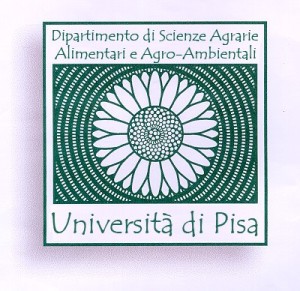
Home
Planning the green city in the global change era: urban tree functions and suitability for predicted future climates (TreeCity)
Climate change is a scientific certainty and cities will be exposed to climate stresses which will involve higher temperature, lower air humidity and soil water availability, as well as higher levels of air pollutants. Effects of climate change are already detectable and will be more evident in the next 40 years. Rapid increases in human population and economic development have led to tremendous urbanization: more than 50% of the world human beings is now living in an urban area and 70% will do that in the year 2050, but urban areas are estimated to be less than a mere 3% of the total land of our planet. As more people’s lives are predominantly urban, opportunities for interaction with the natural world decrease, with potentially serious effects for human health and wellbeing. Cities are similar to an organism in that they consume resources from their surroundings and excrete wastes. An urban area is a living complex mega-organism, associated with a host of inputs, transformations, and outputs: heat, energy, materials, and others. Urban activities have now become a threat to the global environment. Solving and mitigating problems, including the design of ecologically efficient urban areas, is therefore of prime importance. Trees are essential in the urban environment not only because of their aesthetic and social values, but also for their effects on air quality. Trees offer double benefits: first by directly sequestering and storing atmospheric C and other pollutants; second, by providing a natural cooling mechanism through evapotranspiration and shade, green space dissipate solar energy that would otherwise be absorbed, so reducing air-conditioning energy needs and avoiding pollutant emissions. These abilities are counteracted by pollutant toxicity and adverse environmental conditions. Urban vegetation is often subjected to more extreme environmental conditions than vegetation of the peri-urban and rural areas. These conditions are related not only to higher atmospheric pollution levels caused by traffic and other anthropogenic emissions, but also to limiting water availability and higher temperatures, typical of the city’s microclimate. Due to the negative future prospects for the urban environment caused by global climatic change, there is a need to monitor and manage pro-actively urban greening and peri-urban forests. Green spaces, including urban forests and trees, are keystone players having a variety of important ecological functions. In this context, urban forests are particularly important, since they provide fundamental ecosystem services, such as the limitation of the urban heat Island effect, the reduction of atmospheric carbon dioxide (CO2) and other ‘greenhouse’ gases, and the improvement of air quality by removing pollutants. So, urban greening not only comprises recreational and social value, increases property values as affects the economic value of housing, preserves biodiversity and wildlife corridors between urban and non-urban habitat islands, reduces noise, but also sequester CO2, reduces gaseous and particulate air pollution, regulates the micro-climate and reduces effects of heat island in cities. Cooling of ambient temperature implies slowing the smog formation process. Urban trees provide a unique opportunity to address both climate change mitigation and adaptation. We clearly need more basic data about urban trees, and urban green in general.




